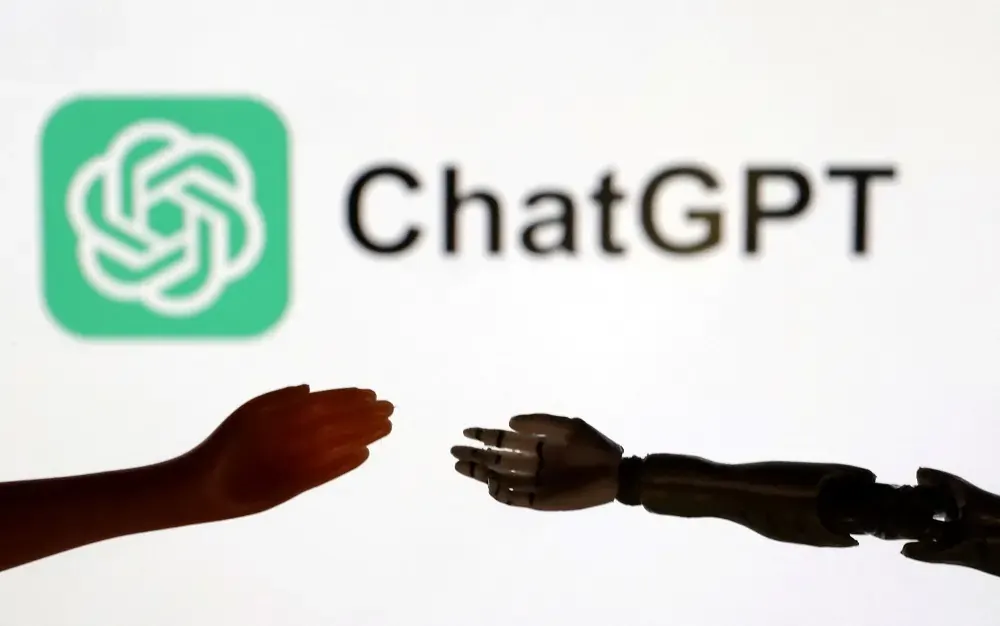
SAN FRANCISCO (Reuters) – OpenAI, whose generative AI products initially raised fears of widespread cheating on homework, is now exploring how it can get its popular ChatGPT chatbot into classrooms, according to a senior executive.
OpenAI’s chief operating officer, Brad Lightcap, said at a conference in San Francisco that the company will form a team to explore educational applications of a technology that has threatened to upend industries, stoked new legislation and become a popular learning tool.
“Most teachers are trying to figure out ways to incorporate (ChatGPT) into the curriculum and into the way they teach,” Lightcap said at the INSEAD Americas Conference last week. “We at OpenAI are trying to help them think through the problem and we probably next year will establish a team with the sole intent of doing that.”
Lightcap’s comments were previously unreported. INSEAD is a global business school.
Backed by billions of dollars from Microsoft, OpenAI kicked off the generative AI craze last November by releasing its ChatGPT chatbot, which became one of the world’s fastest-growing applications. Trained on reams of data, generative AI can create brand-new humanlike content, helping users spin up term papers, complete science homework and even write entire novels. After ChatGPT’s launch, regulators scrambled to catch up: the European Union revised its AI Act and the U.S. kicked off AI regulation efforts.
The launch – in the middle of the school year – also caught teachers off-guard when they realized it could be used as a cheating and plagiarism tool, which then sparked a backlash and school bans.
“Teachers thought it was the worst thing that had ever happened,” Lightcap said.
But within a few months, teachers started seeing how ChatGPT could be beneficial, he said.
A new team at OpenAI would be an extension of the work the company has already done to integrate its technology into the classroom. ““We see AI as an impactful tool that can assist with learning and education, and we’re encouraged by the ways educators have been ideating on how tools like ChatGPT can be useful,” a spokesperson wrote in an emailed statement. “We are engaging with educators across the country to inform them of ChatGPT’s capabilities and our ongoing work to improve it.
“This is an important conversation to have so that they are aware of the potential benefits and misuse of AI, and so they understand how they might apply it to their classrooms.”
OpenAI has established partnerships with education groups such as Khan Academy to create an AI-powered tutor and with Schmidt Futures to give grants to education groups in underserved communities.
The market is large: global education and training expenditures will reach $10 trillion by 2030, estimates Sydney-based research firm HolonIQ.
There are myriad ways to use ChatGPT in classrooms, said Andrew Mayne, a former OpenAI employee who works with educators through his AI consulting firm Interdimensional. For students, it could be a tutor or it can tailor content for different learning styles. For teachers, it can assist with curriculum writing or be a creative classroom aide, for instance creating introductions in Old English during a class on medieval times.
“ChatGPT doesn’t judge you,” he said. “Students are afraid to ask questions in class.”
Others see a potential quagmire of children’s privacy issues if the chatbot’s use is promoted in schools. In many countries, different online privacy laws apply to children. While users must be over 13 to use ChatGPT and parents must give permission if the users are aged 13 to 18, there is no age verification in place in most countries.
(Reporting by Anna Tong in San Francisco; Editing by Kenneth Li and Matthew Lewis)


